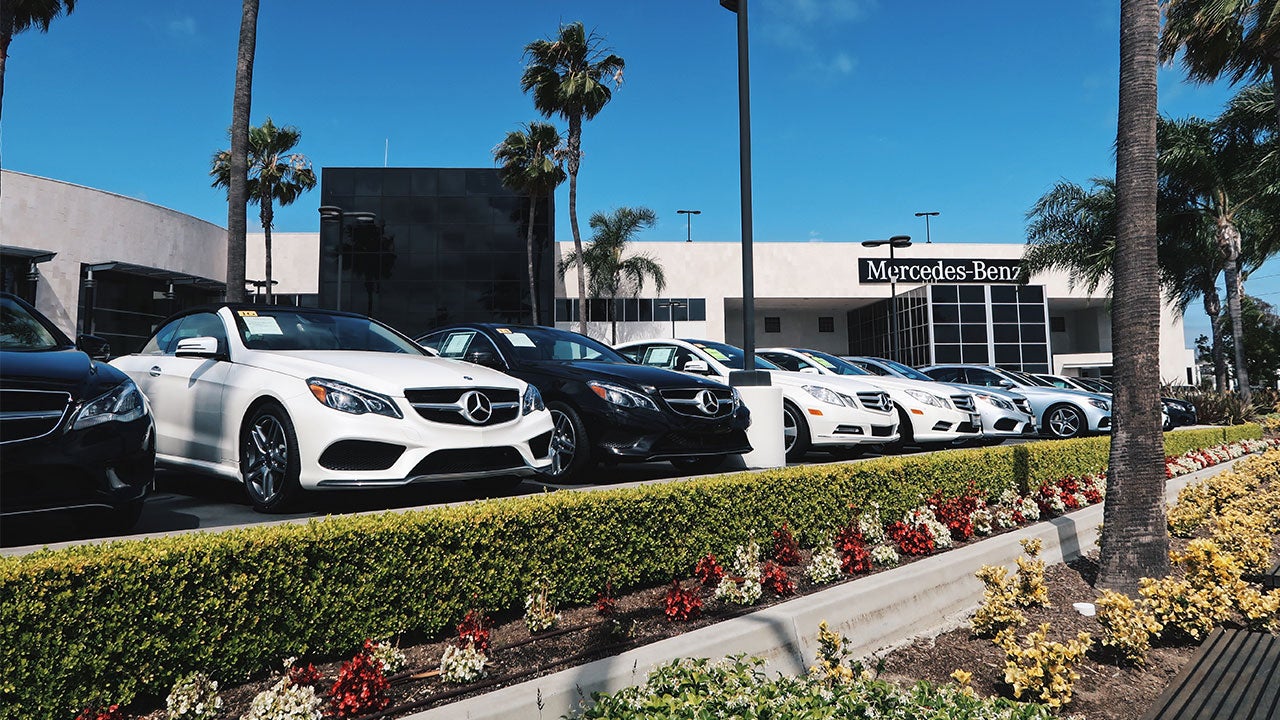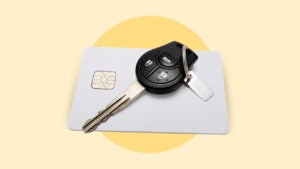Should I get a prepaid car maintenance plan? Count the costs first

Key takeaways
- Prepaid car maintenance plans cover scheduled and expected maintenance but not unexpected repairs.
- It is important to research and compare the cost of a prepaid maintenance plan to the estimated cost of scheduled maintenance to determine if it is worth the cost.
- These plans can be a good option for individuals who value convenience and predictability in budgeting but may not be worth it for those who already have a trusted mechanic or do not plan on staying in the area where they purchased the car.
Dealerships will offer prepaid car maintenance plans alongside other extras like extended warranties, credit insurance and anti-theft devices. These plans cover scheduled maintenance for a set period, potentially saving drivers money. But they aren’t always a good deal.
Whether you’re purchasing a new or used car or looking to protect your current one, understanding prepaid car maintenance plans can save you time and money.
What is a prepaid car maintenance plan?
Prepaid car maintenance plans are contracts that cover scheduled and expected maintenance. Unlike extended warranties, they only pay for preventative maintenance, like tire rotations and oil changes. The manufacturer warranty or extended warranty will still cover unexpected repairs.
Be sure to ask whether the offered plan can be used at an independent mechanic’s shop. Many such plans only allow service at the selling dealership, limiting your options for future maintenance.
Depending on the prepaid maintenance plan you are considering, maintenance may be limited to specific intervals. For instance, oil changes may only be covered every 10,000 miles. Some prepaid plans only cover services once a calendar year or every six months. Depending on how much you drive, you may need additional paid maintenance on the vehicle.
Where do I get a prepaid maintenance plan?
Prepaid maintenance plans can be purchased from dealerships while you are buying a vehicle or directly from a manufacturer.
A dealer may offer a prepaid car maintenance plan if you’re eyeing a car without scheduled car maintenance built into the retail price or purchasing a used car that’s no longer under warranty. You might also be able to add a car service plan when refinancing a loan.
Some manufacturers — such as Jaguar, Toyota, BMW, Volvo, MINI and Land Rover — offer prepaid maintenance plans. These factory plans may include wear-and-tear items, such as windshield wiper blades and brake pads, but coverage will vary, so research what the manufacturer covers before heading to the showroom.
Are prepaid maintenance plans worth the cost?
As with most aspects of the car-buying process, doing the math before sitting down with the dealer is the key to saving money. Compare the price of the plan with the estimated cost of the scheduled or out-of-pocket costs during the covered period.
Your owner’s manual should list the maintenance you’ll need and when you’ll need it. Call the dealer service manager and ask for a breakdown of scheduled maintenance costs. Or check out cost-to-own tools offered by respected resources like Kelley Blue Book and Edmunds.
Remember: If you fund the prepaid maintenance plan with your loan, calculate how much you’ll pay in interest to get an idea of the full cost.
Who should consider a prepaid car maintenance plan?
A prepaid car maintenance plan can be a good option for individuals who value convenience and budget predictability. For example, if you have a long daily commute, you may not have time to shop around for the best prices on routine maintenance.
Let’s assume the estimated cost for scheduled maintenance on your vehicle is $1,000, and your prepaid maintenance plan will cost $800. The $800 is a paid upfront cost, while the $1,000 may be spread out. If costs of parts and service increase during that time, your $1,000 could turn into more, but your $800 has been prepaid and won’t change.
Having a set schedule for this can provide peace of mind and save time. If you sell your car, you may be able to transfer the remaining services to the new owner, making your car more attractive to potential buyers.
When is a prepaid car maintenance plan not a good idea?
A prepaid car maintenance plan is not the best choice if you already have a trusted mechanic or body shop or do not plan on staying in the area where you purchased the car.
It is also not a good idea if you aren’t able to pay for the plan upfront. Wrapping a prepaid maintenance plan into your auto loan may be convenient, but it will mean paying interest on more than just your auto loan. This could lead to becoming upside-down on your loan, which is where you owe more than the vehicle is worth.
Be mindful of your car loan interest rate. And like any other part of the car-buying process, don’t hesitate to negotiate the car’s overall price and the maintenance plan’s cost separately.
Instead of funding a car service plan with your car loan, consider starting a savings account for expected maintenance costs where you earn, rather than pay, interest.
Pros and cons of prepaid car maintenance plans
Don’t just agree to a prepaid maintenance plan. Before you set foot in a dealership, know the expected maintenance costs for the vehicles you’re interested in. Keep these pros and cons in mind when you negotiate.

Pros
- Prices for covered services are locked in and not increased by inflation.
- You may be able to transfer the plan when you sell the vehicle.
- Residual value on leased vehicles may increase with a prepaid maintenance plan.
- Prepaid costs may be discounted compared to normal maintenance costs.
- Manufacturer-backed plans are generally covered by affiliated dealerships, regardless of location.

Cons
- Service intervals may not match those listed in the owner’s manual.
- Prepaid maintenance plans may cost more than the actual cost of maintenance.
- In many cases, you must get serviced at the dealership where you purchased the car.
- Common wear-and-tear items are generally not covered.
- May include coverage that is redundant or already included with an extended warranty.
Bottom line
Prepaid maintenance plans are negotiable — so don’t just agree to the price offered by the dealership’s finance office. To decide whether a prepaid maintenance plan will benefit you, take the time to research expected costs and compare them with what the dealership offers. If you know the potential cost of regular maintenance, you can plan ahead and avoid the stress of deciding when and where to take your vehicle.
You may also like

0% APR car deals: Are they worth it?

The average cost of owning a car





